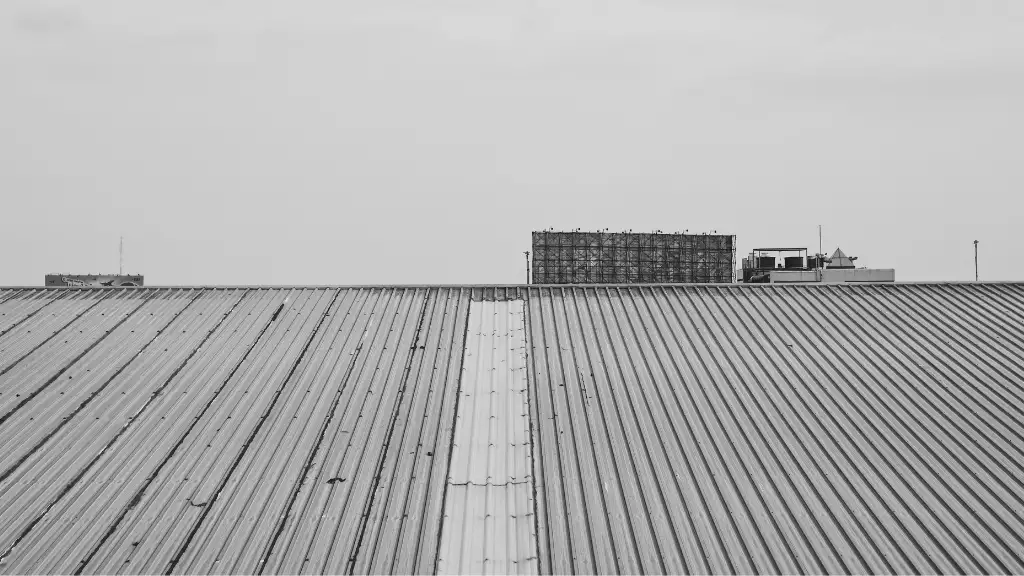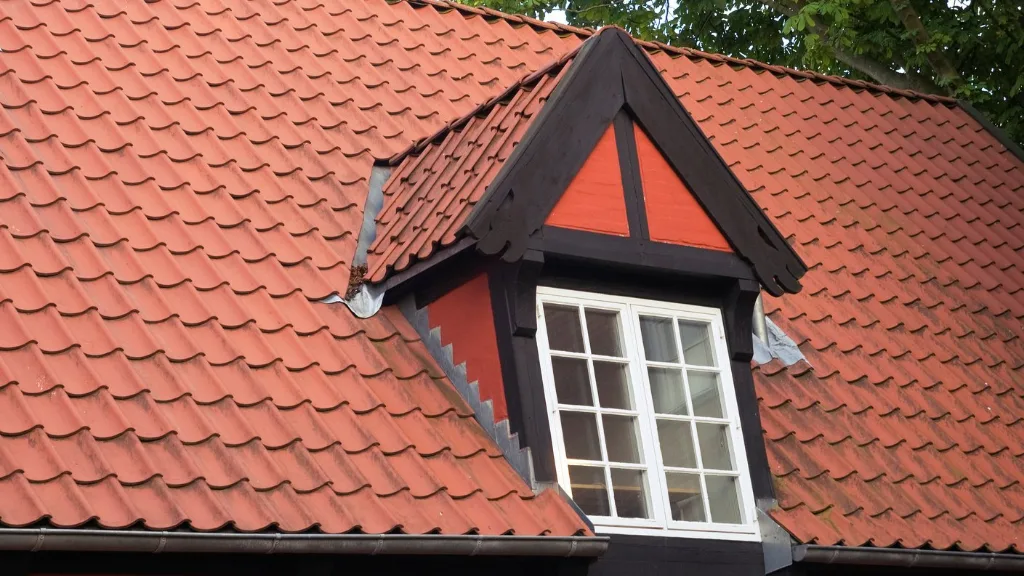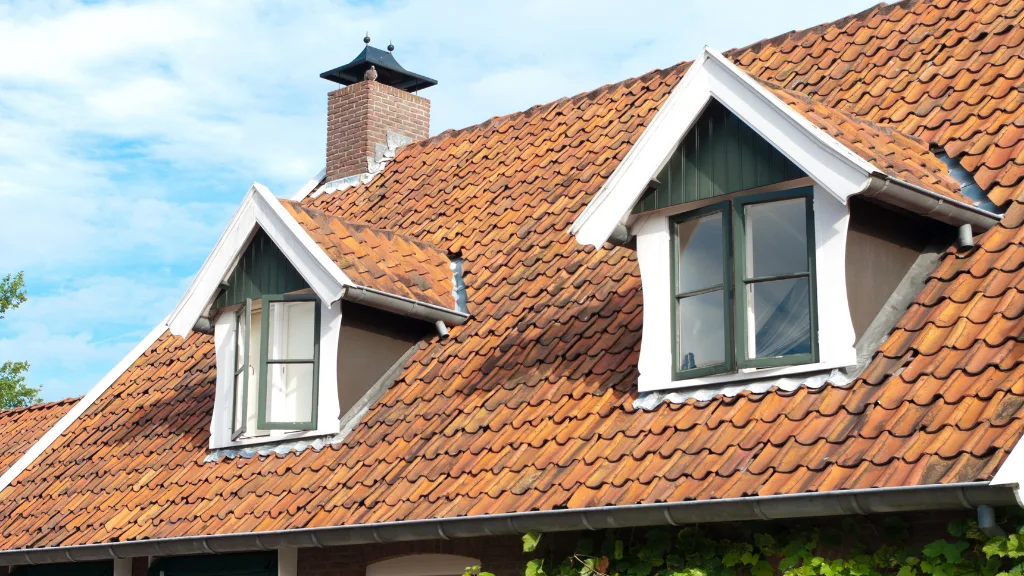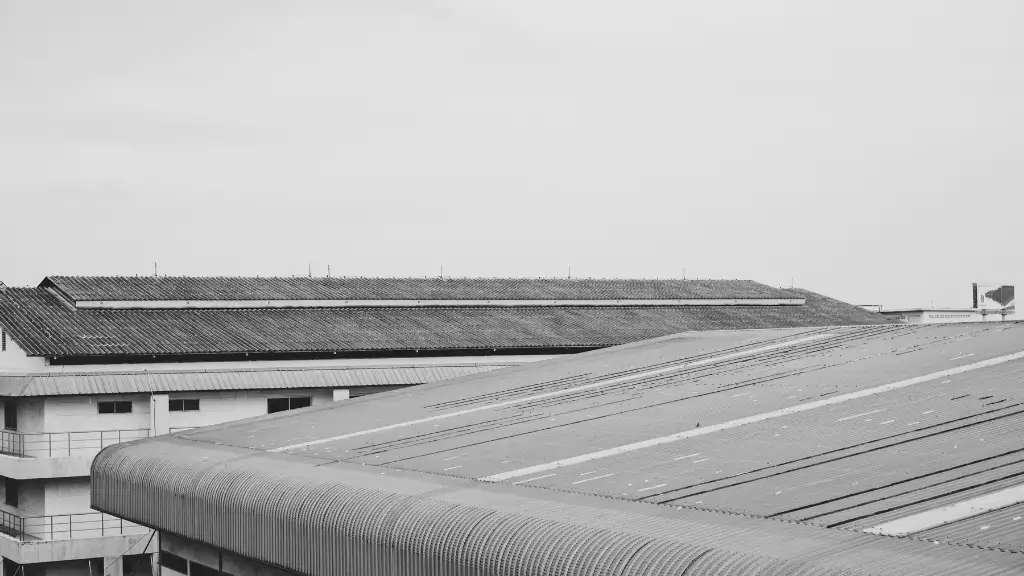
Are you tired of dealing with stubborn roof algae and moss growth? Installing zinc strips on your roof might be the solution you’ve been looking for!
In this article, we’ll guide you through the process of installing zinc strips on your roof to prevent the growth of algae, moss, and other unsightly debris. We’ll cover everything from choosing the right materials to preparing your roof and attaching the strips.
With our step-by-step instructions, you’ll be able to complete the installation like a pro and keep your roof looking clean and pristine for years to come. So, let’s get started!
Preparing the Roof
Before installing zinc strips on your roof, it is important to properly prepare the roof to ensure the best possible results. This section will cover two important sub-sections: Inspecting the Roof and Cleaning the Roof.
Inspecting the Roof
Before you begin cleaning the roof, inspect it for any damage or potential leaks. This is also a good time to check for any organic growth, such as moss, algae, or fungus, that may be present on the roof.
If you notice any potential issues, it is best to address them before installing the zinc strips.
It is also important to consider the surrounding trees and foliage. If there are trees overhanging the roof, they may be contributing to the growth of moss and other organic material. Consider trimming back any overhanging branches to help prevent future growth.
Cleaning the Roof
Cleaning the roof is an important step in preparing it for the installation of zinc strips. Begin by removing any loose debris, such as leaves or twigs, from the roof. This can be done with a broom or brush.
Next, use a solution of bleach and water to clean the roof and remove any existing moss or other organic growth. Be sure to wear protective eyewear and work gloves when handling bleach.
Follow the manufacturer’s instructions for diluting the bleach solution and apply it to the roof using a sprayer or brush.
After applying the bleach solution, use a brush to scrub the roof and remove any remaining moss or stains. Rinse the roof thoroughly with water to remove any remaining bleach solution.
Allow the roof to dry completely before installing the zinc strips. This will help ensure that the roof is completely dry and that the zinc strips will adhere properly.
By properly inspecting and cleaning the roof, you can help prevent future growth of moss and other organic material, and ensure that the zinc strips are installed on a clean, dry surface for maximum effectiveness.

Choosing Zinc Strips
If you’re looking to install zinc strips on your roof, you’ll need to choose the right type of zinc strip for your needs. Here are some factors to consider when choosing zinc strips:
Types of Zinc Strips
There are a few different types of zinc strips available for roof installation:
- Zinc Strips: These are the most common type of zinc strip and are suitable for most roofs. They come in rolls of various lengths and widths, and can be cut to size as needed.
- Copper Strips: Copper strips are another option for roof installation. They are more expensive than zinc strips, but are more effective at preventing algae and moss growth.
- Lead Strips: Lead strips are also an option, but are less common than zinc and copper strips. They are more expensive than zinc strips, but are more durable and long-lasting.
Cost of Zinc Strips
The cost of zinc strips can vary depending on the type and length of the strip you need. Here are some approximate costs for different types of zinc strips:
- Zinc Strips: A 50-foot roll of zinc strips can cost anywhere from $50 to $100.
- Copper Strips: Copper strips are more expensive than zinc strips, with a 50-foot roll costing around $200 to $300.
- Lead Strips: Lead strips are the most expensive option, with a 50-foot roll costing around $300 to $400.
When choosing zinc strips, it’s important to consider the cost and effectiveness of each type. Zinc strips are the most affordable option, while copper and lead strips are more expensive but may be more effective at preventing algae and moss growth.
Overall, it’s important to choose the right type of zinc strip for your roof to ensure maximum effectiveness and longevity.

Installing Zinc Strips
If you’re looking to protect your roof from mold, mildew, and other fungi, installing zinc strips can be a great solution. Here’s how to do it.
Tools and Materials Needed
Before you start, make sure you have the following tools and materials:
- Zinc strips
- Hammer
- Nails
- Ladder
- Protective eyewear
- Work gloves
- Rubber gasket
- Corrosion-resistant roofing nails with neoprene washers
- Zinc flashing
- Shingle shield (optional)
Securing Zinc Strips to the Roof
To install zinc strips on your roof, follow these steps:
- First, measure the length and width of your roof to determine how many zinc strips you will need.
- Once you have your zinc strips, climb up to your roof using a ladder. Make sure to wear protective eyewear and work gloves.
- Place the zinc strips on both sides of the ridge cap shingle, making sure not to insert more than 1″ (25.4 mm) under the shingles.
- Use corrosion-resistant roofing nails with neoprene washers to secure the strips to the ridge cap shingle. Space the nails 12″ (305 mm) apart.
- If you’re using zinc flashing, cut it into strips and slide them under a course of roof shingles to kill lichen and moss growing there.
- If you prefer premade strips, you can purchase them from Shingle Shield. The premade ones are much quicker and probably neater looking.

Maintaining the Zinc Strips
To ensure that your zinc strips continue to protect your roof, you should inspect them once a year. Look for any signs of damage or wear and tear, and replace any damaged strips as needed.
Zinc roof strips work by releasing zinc ions into the rainwater that runs off your roof. These ions act as a fungistat, preventing mold and mildew from growing on your roof.
Installing zinc roof strips can be a great way to protect your roof from the damaging effects of mold and mildew. With the right tools and materials, you can easily install zinc strips yourself and keep your roof looking great for years to come.

